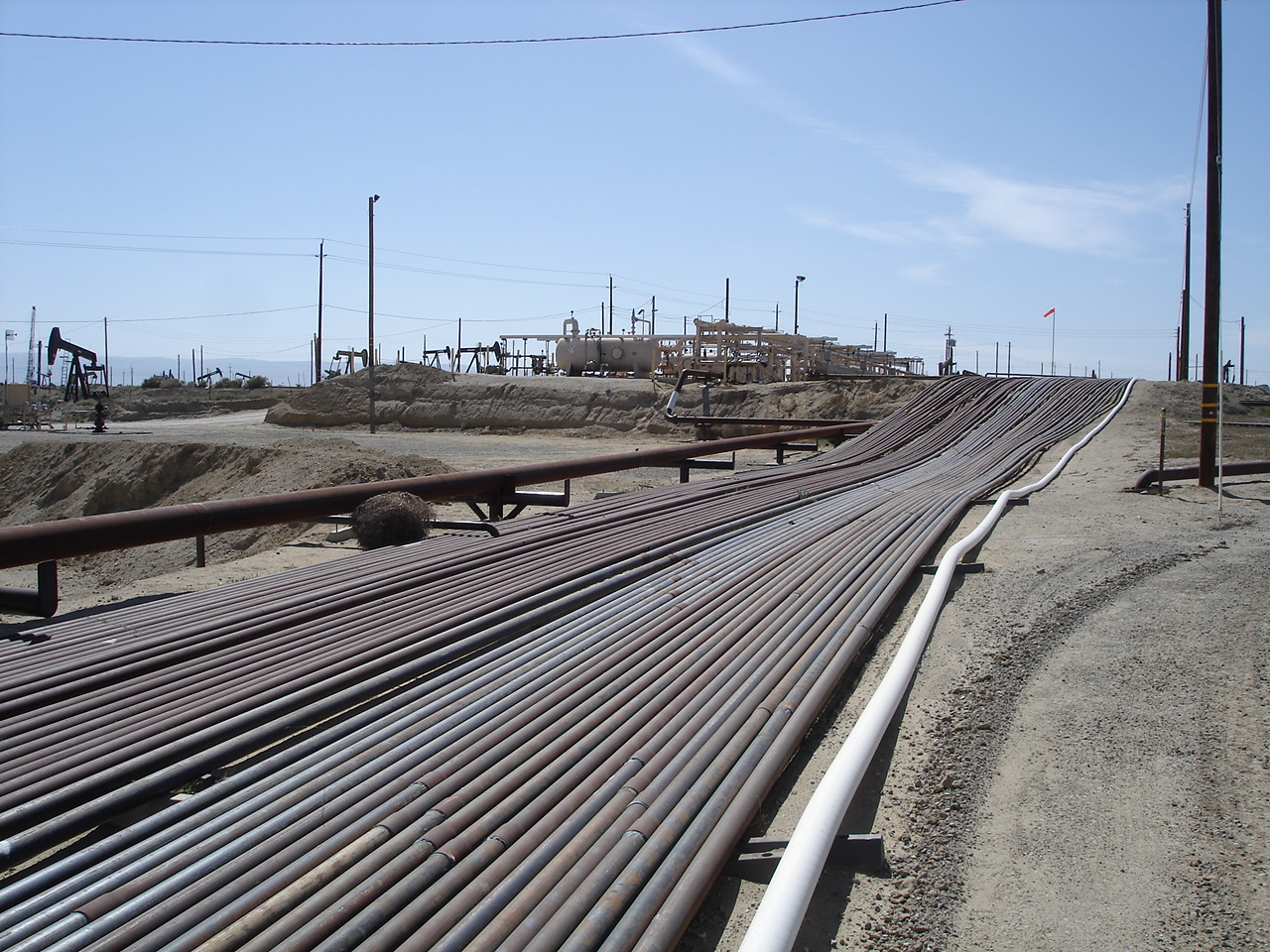Pipe Schedule
 Pipe schedule refers to the standardization of wall thickness for pipes of various sizes and materials. It's a system that helps ensure consistency in pipe dimensions and wall thicknesses, making it easier to select and work with pipes for various industrial applications. In the context of pipes, the schedule number indicates the wall thickness relative to the nominal pipe size. It is important to note that the outside diameter (OD) of the pipe remains constant for each nominal size, regardless of the schedule. However, the inside diameter (ID) and wall thickness change with different schedule numbers.
Pipe schedule refers to the standardization of wall thickness for pipes of various sizes and materials. It's a system that helps ensure consistency in pipe dimensions and wall thicknesses, making it easier to select and work with pipes for various industrial applications. In the context of pipes, the schedule number indicates the wall thickness relative to the nominal pipe size. It is important to note that the outside diameter (OD) of the pipe remains constant for each nominal size, regardless of the schedule. However, the inside diameter (ID) and wall thickness change with different schedule numbers.
Standard standard pipe schedules or pipes sizes as given by ANSI / ASME B36.10M and API 5L. The most commonly used pipe schedules include:
- Schedule 5S, 10S, 40S, 80S - These are stainless steel schedules, where "S" stands for stainless. They are used primarily for stainless steel pipes.
- Schedule 10, 20, 30, 40, 60, 80, 100, 120, 140, 160 - These schedules are typically used for carbon steel pipes and cover a range of wall thicknesses.
The schedule number is typically followed by a suffix that indicates the pipe's class or pressure rating. For example, "Sch 40" refers to Schedule 40 pipes, and the "40" indicates the wall thickness in relation to the nominal size.
Pipe schedules are standardized by organizations like the American National Standards Institute (ANSI) and the American Society of Mechanical Engineers (ASME) to ensure uniformity in pipe manufacturing and usage across different industries.
Method for Determing Pipe Schedule
The pipe schedule is determined based on the wall thickness of the pipe relative to its nominal size. The wall thickness is influenced by factors such as the pressure the pipe needs to withstand and the material from which it's made. Pipes with thicker walls (higher schedule numbers) are generally used for higher pressure applications, while pipes with thinner walls (lower schedule numbers) are used for lower-pressure applications. While there isn't a single calculation to determine the pipe schedule, there are steps you can follow to make an informed selection:
Identify Operating Conditions - Determine the maximum pressure and temperature the pipe will experience in its intended application.
Calculate Design Allowable Stress - Consult relevant standards or codes to determine the design allowable stress for the specific material at the given temperature.
Check Pressure Ratings - Refer to industry standards like ASME B36.10 (carbon steel pipes) or ASME B36.19 (stainless steel pipes) to find the pressure ratings associated with various pipe schedules.
Calculate Required Wall Thickness - Use the calculated design allowable stress, the maximum pressure, and relevant equations from the applicable standard to estimate the required wall thickness of the pipe.
Select Pipe Schedule - Choose a pipe schedule that has a wall thickness greater than or equal to the required wall thickness calculated in the previous step. The selected pipe schedule should also have a pressure rating that exceeds the maximum pressure the pipe will experience.
Check for Other Factors - Consider any other factors relevant to your application, such as corrosion resistance, structural integrity, and specific industry standards.
It's important to note that pipe schedule selection is a complex process that involves not only calculating the wall thickness but also considering safety margins, manufacturing capabilities, and other engineering considerations. Additionally, pipe schedule calculations can vary based on the type of material being used and the specific standards or codes applicable to your region and industry. If you're not familiar with the calculations or if your application involves critical safety considerations, it's advisable to consult with experienced engineers or professionals who are well-versed in piping design and selection.
Measure the inside diameter and divide it by the wall thickness. (inches) R = ID/Thickness
| Pipe Schedule | R |
|---|---|
| Schedule 30 | 40-50 |
| Schedule 40 | 29-39 |
| Schedule 60 | 25-29 |
| Schedule 80 | 20-23 |
| Schedule 100 | 16-18 |
| Schedule 120 | 13-15 |
| Schedule 140 | 11-13 |
| Schedule 160 | 9-11 |
Standards
API Standards
- API Spec 5L - Specification for Line Pipe
ASME Standards
- ASME B36.10M - Welded and Seamless Wrought Steel Pipe

